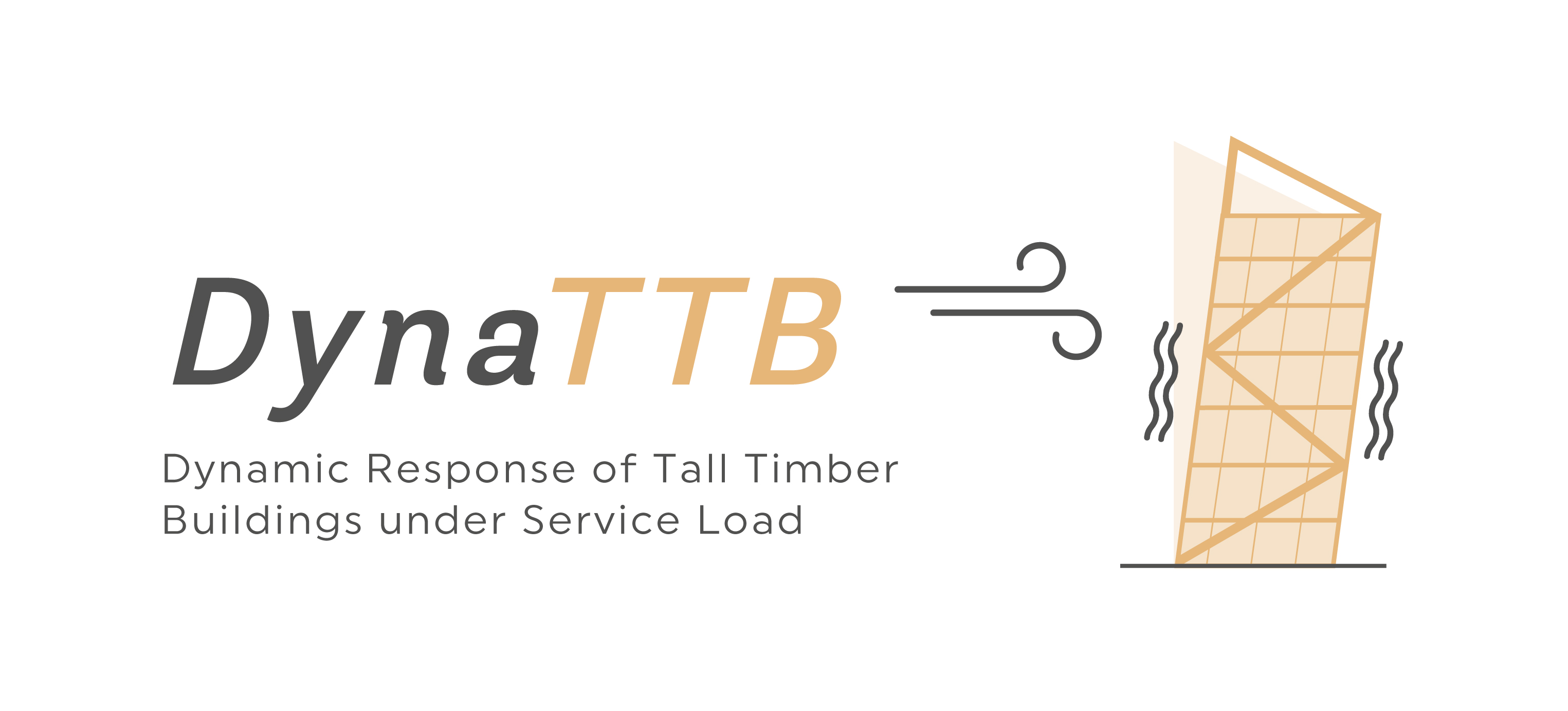Content
In accounting and economics, the benefits of marginal costs may, theoretically, be infinite. In the real world, however, the benefits of economies of scale have to be balanced with the need to manage inventory. Fixed costs typically relate to the running of the business itself. For example, rent, standard utility costs and core salaries need to be paid regardless of production volume.
CUA studies are routinely used in the UK to inform resource allocation decisions across different healthcare settings. For example, they help inform decisions made by the National Institute for Health and Care Excellence (NICE) about which drugs and medical devices to provide in the English NHS. Due to the lower cost, however, the profit margin will actually be higher (75% vs 67%). To produce 101 wallets, they only have to spend another £5 on extra materials. Candidates then have to consider if the incremental flow is a cash inflow or a cash outflow. Marginal cost will tend to fall at first, but quickly rise as marginal returns to the variable factor inputs will start to diminish, which makes the marginal factors more expensive to employ.
Incremental-Cost Pricing
The bookkeeping for startups-effectiveness ratio (ICER) is a measure of the efficiency of a treatment or “value for money”. It is the difference in cost between the treatment and the comparison divided by the difference in the effects; for example, the cost per stroke prevented or life saved. It is frequently expressed as the cost per quality-adjusted life year (QALY) gained. Cost-effectiveness improves if services are utilized more intensively and extended to younger patients. With the marginal cost equation, we can find the per unit marginal cost of producing more products. As there is no specific IFRS addressing the accounting for costs, entities currently refer to a number of different standards and principles in accounting for various types of costs incurred.
“In some areas of research there were also significant time savings. You get to what you are looking for more quickly, which all goes to the value of the product.” Speed up all aspects of your legal work with tools that help you to work faster and smarter. Win cases, close deals and grow your business–all whilst saving time and reducing risk.
Intervention costs
Marginal cost refers to the expense of creating one more item for sale. It is most commonly used in manufacturing, where it’s called the marginal cost of production. The allocated fixed costs are still not incremental as explained earlier. Incremental
Only cash flows that arise because of the decision being made should be included; any cash flow that would have arisen anyway, sometimes referred to as a committed cost, should be excluded. Reference E3 (d) of the FFM study guide requires candidates to be able identify/evaluate relevant cash flows for investment decisions.
- This calculation is similar to the cost per unit but specifically looks at how costs change when production or activity changes.
- While each sale previously generated £30 in revenue, the extra wallets are sold for less and contribute £20 in revenue.
- To produce 101 wallets, they only have to spend another £5 on extra materials.
- This is why manufacturers often need a minimum production run just to reach a break-even point.
- The company, Zob Co, will have to pay the rent and rates whether or not the Elfin is made, and therefore they are not incremental cash flows.
- Considering the signage of the incremental flow, if the modification occurs, then Zob Co will receive extra revenue, and so the incremental cash flow is an inflow.
Incremental costs are costs that would not have been incurred had that individual contract not been obtained, eg a sales commission. Subject to certain criteria, these contract costs must be capitalised, amortised and assessed for impairment under guidance in IFRS 15 (eg not IFRS 9 or IAS 36), while all other types of costs have to be expensed as incurred. Assets recognised for contract costs are a new asset category and are presented separately from contract assets and contract liabilities arising on the recognition of revenue.
Costs to fulfil a contract
The marginal cost refers to the increase in production costs generated by the production of additional product units. Calculating the marginal cost allows companies to see how volume output influences cost and hence, ultimately, profits. During the installation of the new machine, Zob Co could pay $20,000 for a modification to be made which would increase the efficiency of the machine. The modified machine would have a scrap value of $6,000 in four years time. The modification would allow the annual output to increase to 1,650 units, and the variable costs per unit to reduce by 5% across all production.
